Baby
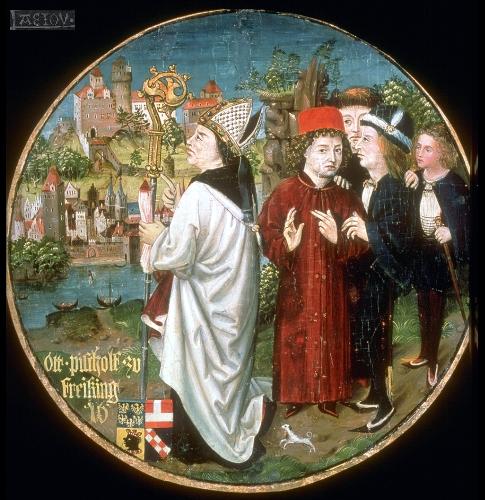
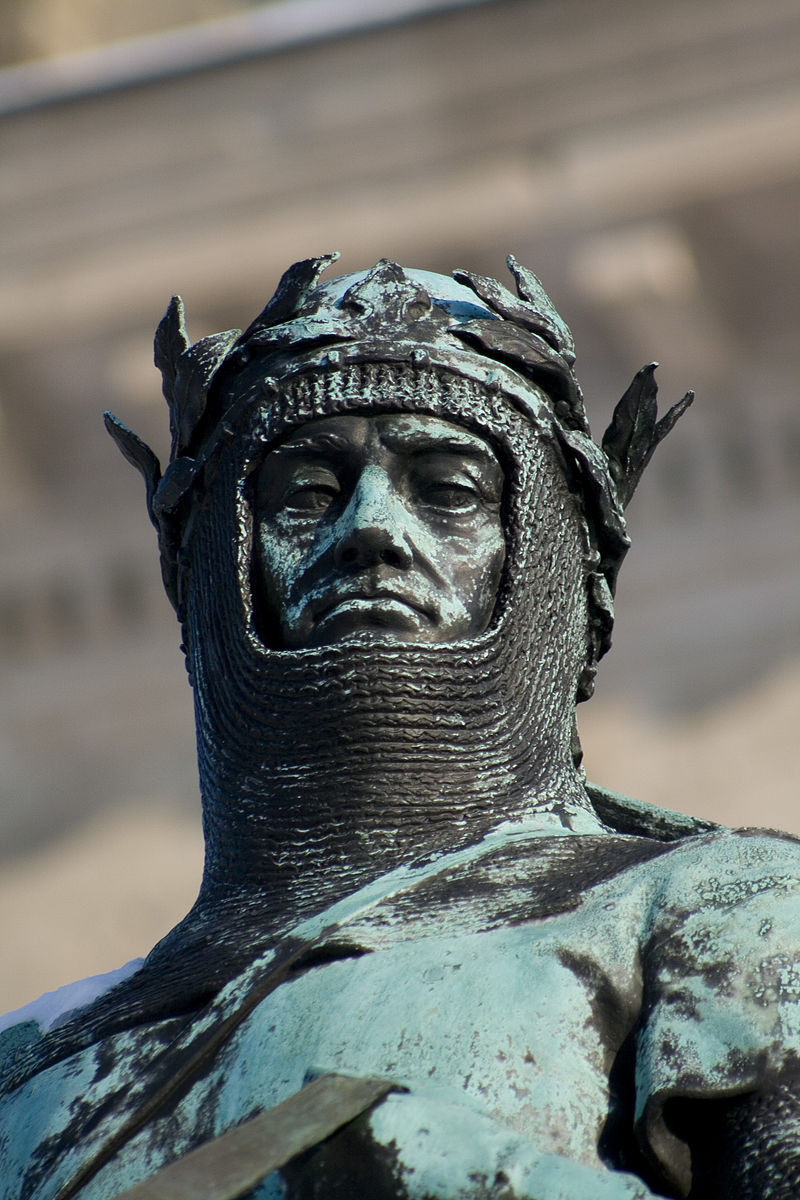
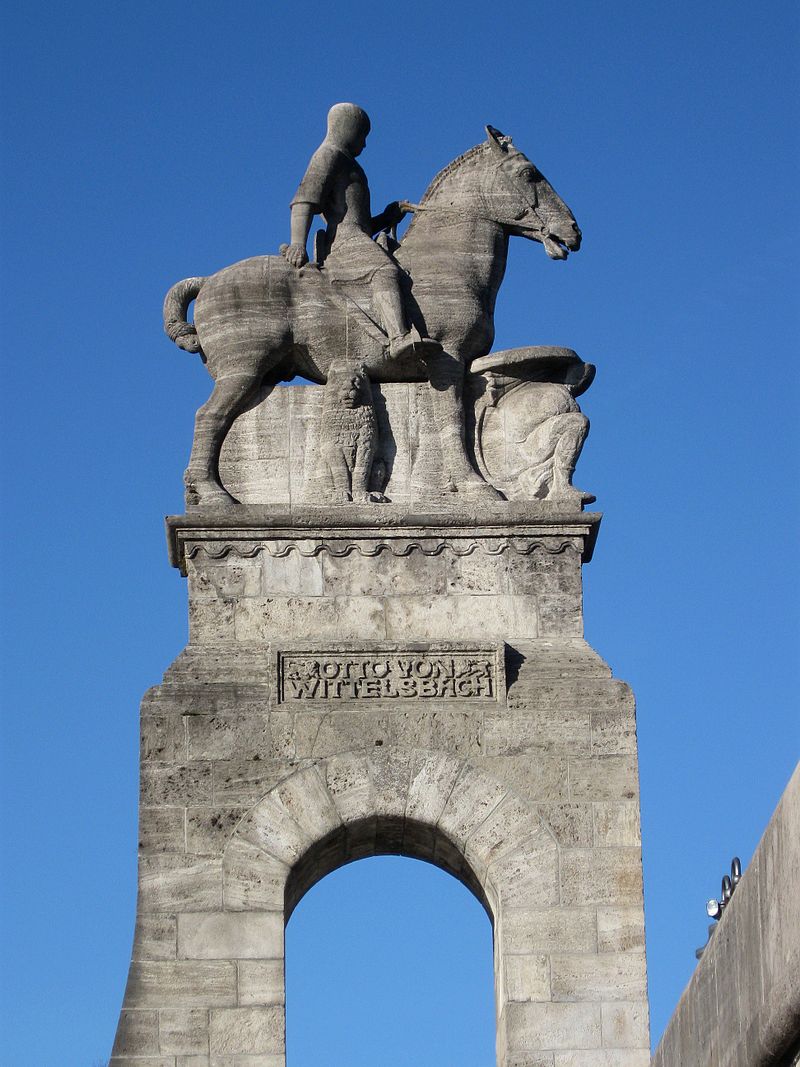
Although the earnings from the toll-bridge went straight to the duke and the bishop the little settlement quickly grew to be a city, with the first fortifications being built and its official city status received by 1175 . In 1180 Henry’s refusal to assist the Emperor in the latter’s campaign in Lombardy would cost him his duchy, with Bavaria passing on the hands of Otto I Wittelsbach (his heirs would rule in Bavaria for 738 years, until 1918) with the exception of the newly established city of Munich which ironically enough passed in the hands of the Bishop of Freising. In 1188 the Bishop of Freising administers the construction of a new church that would be dedicated to St. Peter (known today as Alte Peter) The new church immediately became one of the main symbols of Munich. In the beginning of the 13th century the fortified Monk city was the home of more than 2.000 people with Marienplatz, the central square, a focal point of the old city to this day, acting as the main meeting point of its residents. This is where the traders coming from the Salzstrasse and the rest of the world flocked to sell their wares.

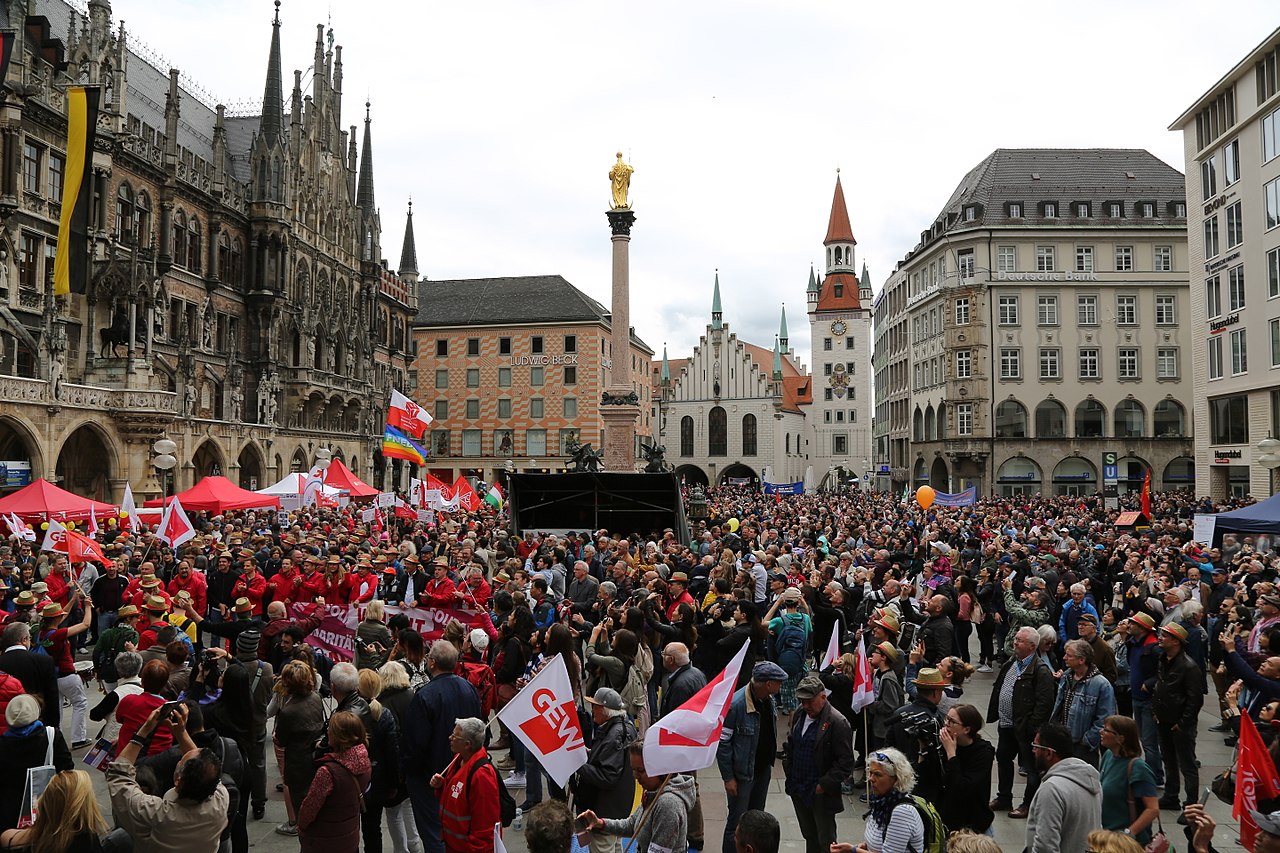
In 1240 Munich receives its first town charter & passes under the direct control of Duke Otto II Wittelsbach the illustrious, making Munich an integral part of the Bavarian dynasty for the first time. The bond would last until the 20th century.

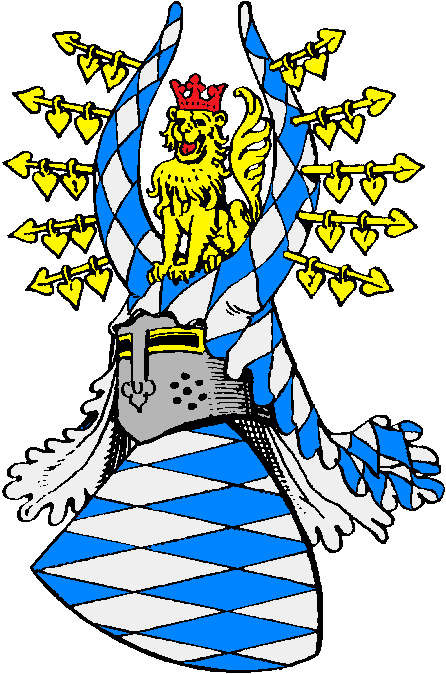
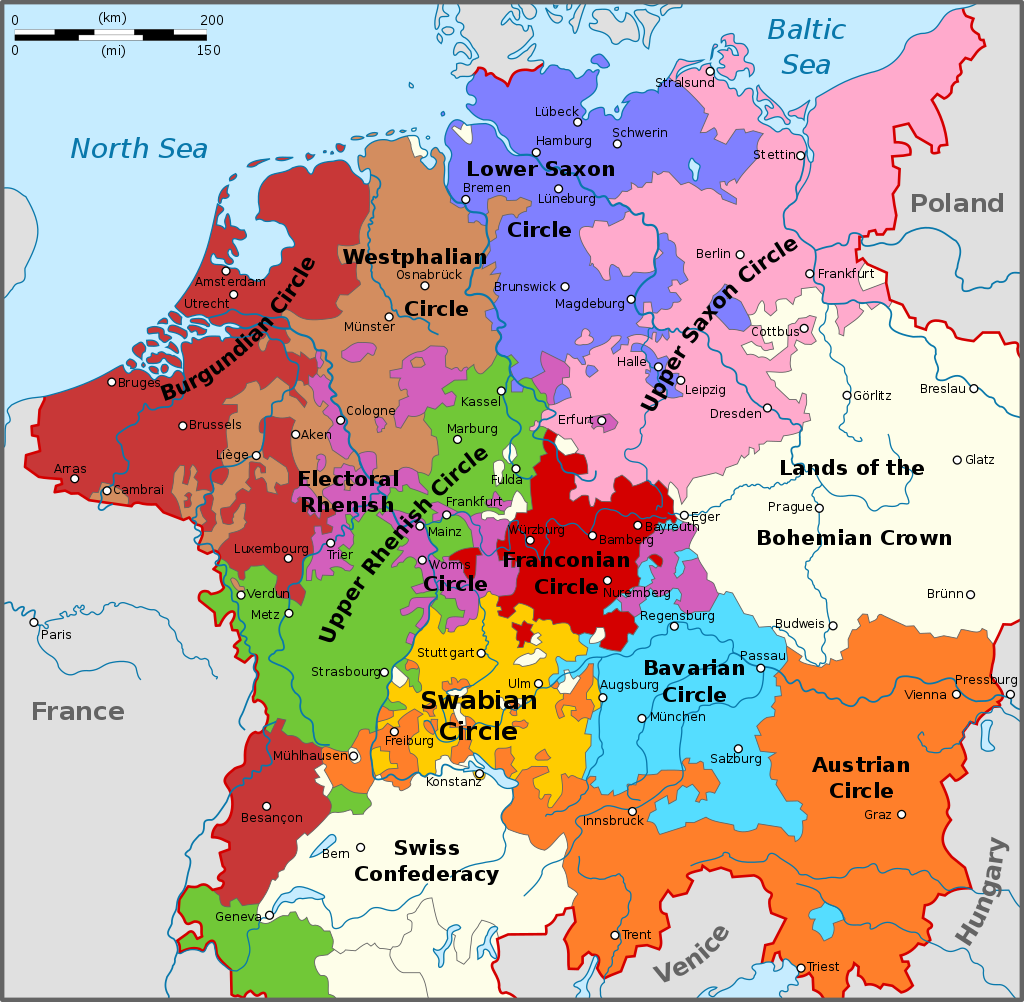
The Wittelsbachs treated Bavaria as a patrimonial, family possession & acting on an ancient maxim of the Germanic law, the lands were divided among Otto’s sons after his death in 1253. In 1255 Louis II the Stern becomes the ruler of Upper Bavaria & the Palatinate of the Rhine and Munich becomes his headquarters while his brother Henry XIII takes Lower Bavaria. The distinction between the two regions is still made today.
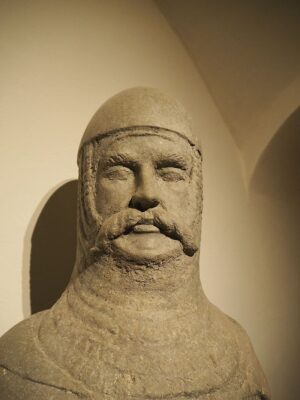
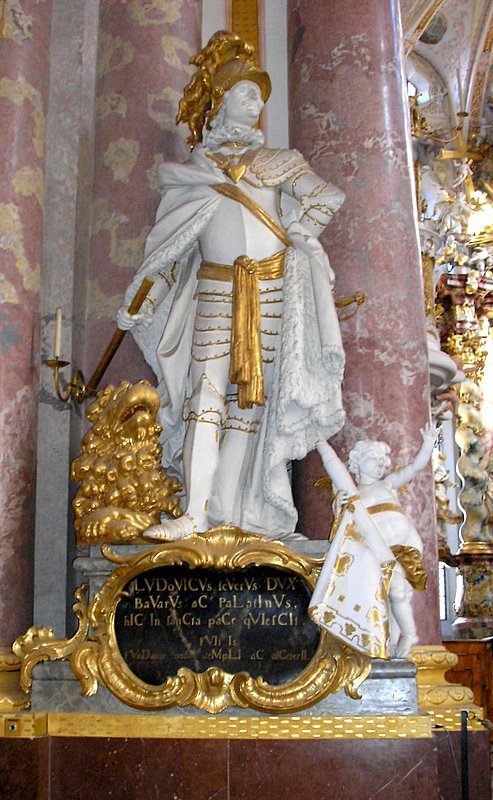
![]()

